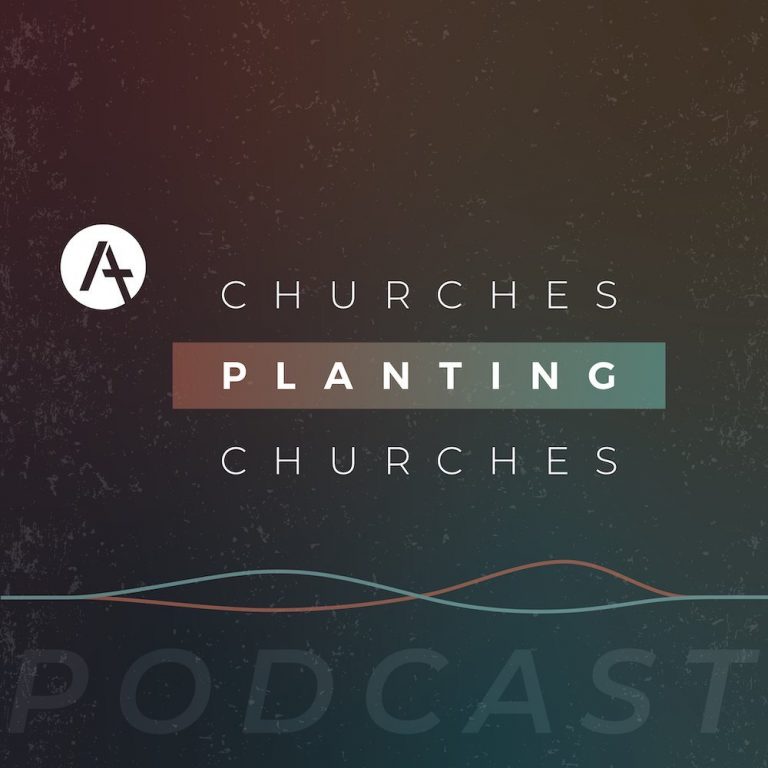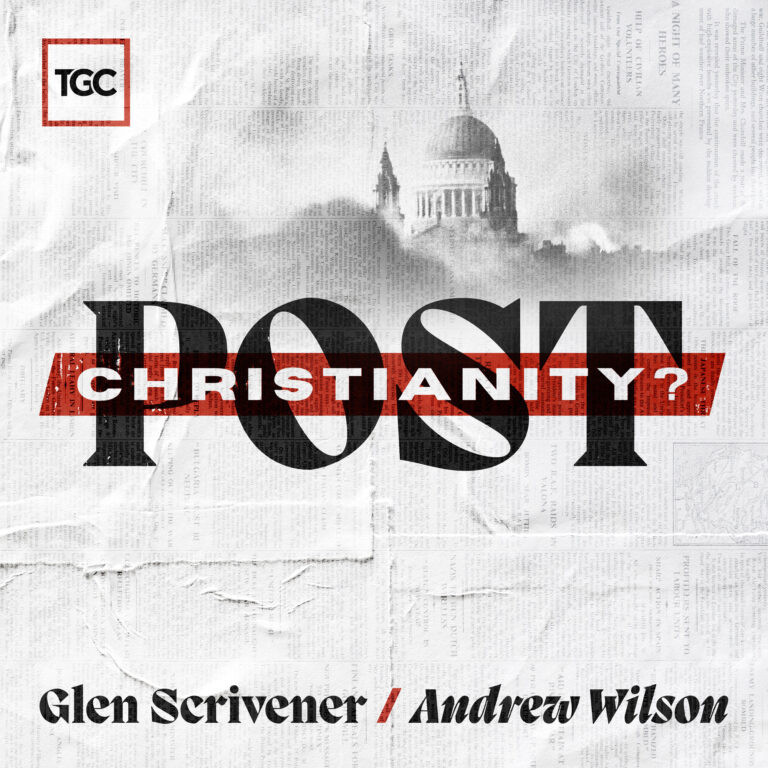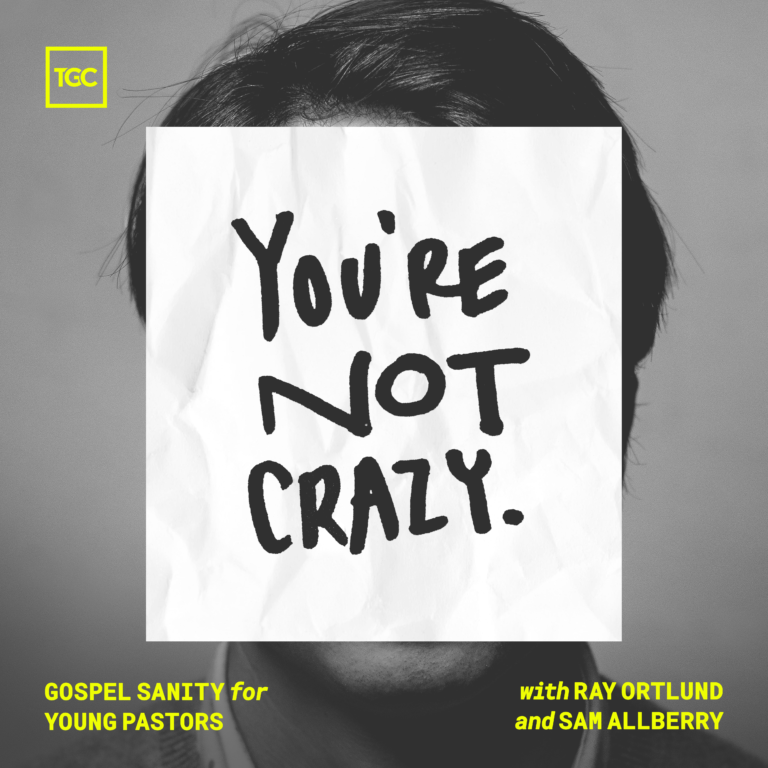On a crisp Minnesota evening in the beginning of 1853, Asa and Margaret Fletcher welcomed eight friends into their home. I imagine the Fletchers were both excited and a little apprehensive as they prepared for this gathering. They invited a small group from the First Baptist Churches of Saint Paul and Saint Anthony to seek God’s direction. Their question was simple yet weighty: Was God calling them to cross the Mississippi River and plant a new church in the emerging village of Minneapolis?
After prayer and deliberation, they believed the answer was yes. On March 5 of that year, the small group founded First Baptist Church of Minneapolis.
Exactly 170 years later, on March 5, 2023, I turned off my alarm with a similar mix of excitement and anxiety. I was First Baptist Church’s last senior pastor—on that day, we would publicly replant as River City Church. Nearly 90 years of consistent numerical decline left us with a remnant congregation, not much larger than the group that first gathered in the Fletchers’ home.
As we stepped into uncharted territory, we sensed God rekindling the pioneering spirit that planted our church in the first place. This time, however, we weren’t planting from nothing. We were replanting, standing on the shoulders of the saints who had gone before us.
It’s frightening to acknowledge that something you love needs radical change. Our members wanted to believe such drastic measures weren’t necessary. At times, I was tempted to believe my own gifting and leadership were enough to spark new growth. But we had to be brutally honest about our reality before we could see renewal. Sometimes entire churches must die for God to bring new life for his purposes.
What Is Replanting?
You’ve probably heard the terms “church revitalization” and “church replanting.” Church revitalization is the intentional process of leading a plateaued or declining church back to health and vitality. The need for revitalization is widespread. Some sources suggest more than half of U.S. churches are in some stage of decline.
The need for revitalization is widespread. Some sources suggest more than half of U.S. churches are in some stage of decline.
Church replanting, on the other hand, is a more radical form of revitalization reserved for churches in severe decline—those without the leadership, congregational health, financial resources, or community engagement necessary to recover on their own. Without intervention, these churches will likely close their doors within the next five to ten years. Replanting requires a radical shift rather than incremental change. It demands death-to-life transformation.
For First Baptist Church of Minneapolis, this meant embracing painful changes. We took on the new name River City Church, releasing the one we’d carried for generations. We sold our historic building, leaving behind a space we’d called home for over a century. We let go of our legacy, not in the sense of forgetting our past but in surrendering our attachment to it in order to embrace God’s future. Through these changes, we partnered with a sending church that provided guidance, coaching, and support in the replant.

Many of our remnant members had been part of the church for decades—some for their entire lives. Numerous members voted against their personal preferences, choosing instead to sacrifice for the sake of the gospel. Their willingness to let go of what was paved the way for what could be.
Some have called church replanting “redemptive church planting” because it takes something that seems beyond repair and redeems it for gospel mission. Human wisdom might say it’s foolish to invest in what appears lifeless, but God’s story is one of redemption and renewal. He brings beauty from ashes, life from death, and flourishing from what once seemed lost.
Gospel Pattern: Dying to Live
Jesus often used simple images to communicate profound spiritual truths. In John 12:24, he offers a striking picture of the gospel’s death-to-life pattern: “Truly, truly, I say to you, unless a grain of wheat falls into the earth and dies, it remains alone; but if it dies, it bears much fruit.”
The message is clear: Life in the kingdom of God comes through dying. Jesus isn’t only the Savior who died and rose to bring us life; he’s also the model for how his followers are called to live.
In his book J-Curve, Paul E. Miller describes the Christian life as a continual death-to-life journey that mirrors Jesus’s death and resurrection. Jesus was the first seed that gave up his life to bear fruit. We’re now called to follow his example. We’ve been united with him in his death and are now united with him in new life (Rom. 6:5).
Jesus’s words about dying to bear fruit aren’t just for individuals; they also apply to entire churches. Sometimes, a church must surrender its past to step into the new life God is calling it to. We experienced this in our replanting journey. There’s spiritual power when a congregation corporately decides to let go of their preferences, their traditions, and even their survival instinct for the gospel’s sake.
Of course, this gospel pattern isn’t just for churches in replanting situations. It’s meant to shape the culture and ethos of every church. Healthy churches embrace a posture of surrender, trusting that dying to themselves will lead to even greater fruitfulness in Christ.
Churches that refuse to die often remain fruitless. Churches willing to die often see new life flourish. The question is this: Are we willing to trust Jesus in this way?
Journey of Death to Life at River City
The Fletchers’ church plant flourished from 1853 to 1935. During that time, our church planted 14 churches in the Twin Cities (one of which would become Bethlehem Baptist) and helped start 70 more between Minnesota and California through a chapel-car ministry. Our congregation founded a Bible school that is now the University of Northwestern–St. Paul. We grew to nearly 3,000 weekly attendees by the mid-1930s, an early megachurch before the term existed. Our pastor, William Bell Riley, was a nationally recognized orator, and our influence extended well beyond our city.
Then, around 1935, the decline began.
Churches that refuse to die often remain fruitless. Churches willing to die often see new life flourish.
There was no scandal. No church split. No single moment of failure. The decline was slow and steady, and it ultimately persisted for nearly 90 years. Various factors contributed to the congregation diminishing year after year.
By the time we faced the decision to replant, we had to confront what was no longer deniable: Our church was dying.
Deciding to replant came at a great cost. We moved out of a 70,000-square-foot building designed for a church 10 times our size. We left behind a lot of memories—in our historic 1,200-seat auditorium, Billy Graham had once attended, Henrietta Mears had taught Sunday school, John Stott had been a guest preacher, and Riley had presided for more than 40 years.
We said goodbye to beloved members who decided to find a new church home. We stepped into uncertainty, not knowing how many of our remnant members would join the replanting effort. We risked failure, not just numerical decline, with the possibility that our efforts wouldn’t lead to renewal.
Rather than moving from death to life, we could’ve simply been putting the final nail in the coffin.
But God was at work.
Sprouts of Life
Through prayer, surrender, and obedience, we saw something incredible happen. For the first time in nearly nine decades, our church is growing again.
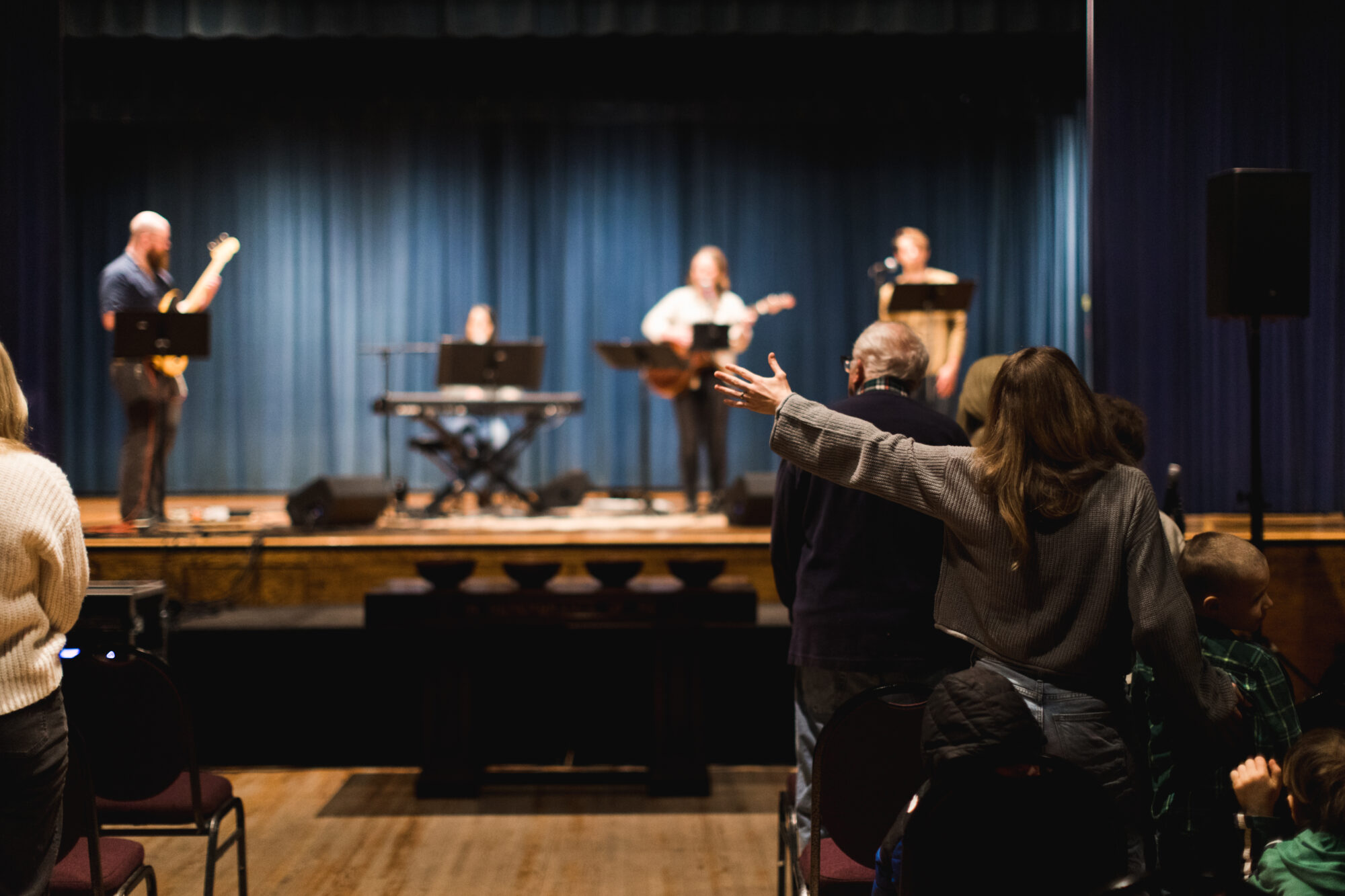
It hasn’t been exponential growth. It hasn’t been easy. But it has been a miraculous work of God’s grace. And it has been both quantitative and qualitative—a renewal of not just numbers but faith, mission, and community.
Our restart has allowed us to more fully pursue our mission to renew weary lives through a life-giving relationship with Jesus. Many have come to us exhausted, burned out on religion, and ready to walk away from Christianity altogether. Yet by God’s grace, they’ve been met with a fresh vision of the gospel—one that revives, restores, and renews, calling them into new life in Christ.
River City Church is proof that God still brings life from death. When a church is willing to let go of control and trust him fully, God is able to do far more than we could ask or imagine.
The seed that died is bearing fruit again.
20 Things You Can Do Right Now to Prevent Dechurching
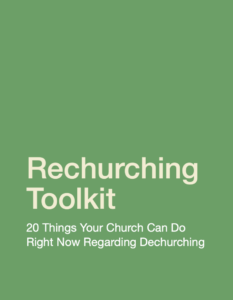 We’re currently experiencing the largest and fastest religious shift in the history of the United States. But there are practical things we can do inside our local churches.
We’re currently experiencing the largest and fastest religious shift in the history of the United States. But there are practical things we can do inside our local churches.
Jim Davis and Michael Graham have commissioned the largest and most comprehensive study of dechurching in America. Informed by their findings, they’ve written a book and developed this corresponding toolkit with resources to help you address the dechurching phenomenon.
We’re delighted to offer you the ‘Rechurching Toolkit’ for FREE today. Click on the link below to get instant access to this resource—worth $100—and be equipped to understand and address the issues behind dechurching.















